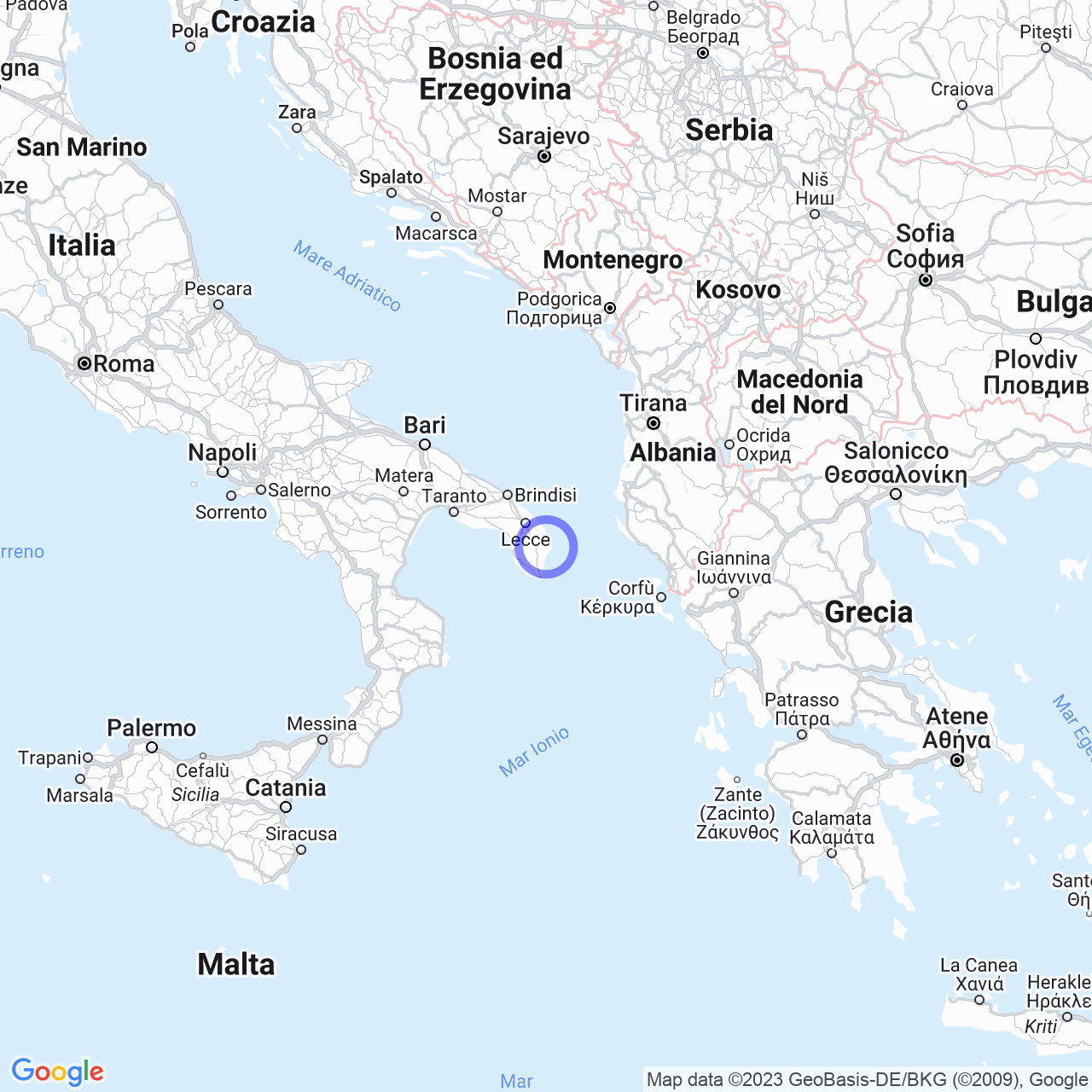Giurdignano
Welcome to Giurdignano!
Hello friends! Today I want to talk to you about a very charming town located in Puglia: Giurdignano! Known as the "megalithic garden of Italy," this town has a lot to offer. In this text we will talk about the territory, climate, origins of the name, and history of Giurdignano. So, sit back and enjoy this brief virtual walk with me!

Physical geography
Territory
Giurdignano has a strategic position in eastern Salento, a few kilometers from Capo d'Otranto. It covers an area of 13.75 km² and has a population of 1933 inhabitants. The mountains that surround it give it an altitude ranging from 29 to 97 m above sea level. It borders the municipalities of Otranto, Uggiano la Chiesa, Minervino di Lecce, Giuggianello, and Palmariggi.
Climate
The climate of Giurdignano is very pleasant and Mediterranean. Winters are mild and summers are hot and humid. According to reference averages, the average temperature of the coldest month, January, is 16.59 °C, while that of the hottest month, August, is around 28.6 °C. The average annual precipitation is around 274 mm, with a decrease in autumn and winter and a peak in spring and summer. The territory is also protected from western currents thanks to the Salento mountains.
Origins of the name
The toponym Giurdignano could have Messapian, Latin, and Byzantine origins. The word could have been used as a war chant, could derive from an unidentified Latin name, or could have roots in the Latin word "junctus," meaning "united."
History
The territory of Giurdignano has been inhabited since the Bronze Age, as evidenced by the many megalithic monuments in the area. In the past, the center was a castle of Otranto and hosted a winter quarter of the Roman army. The remains of an imperial age necropolis from the 2nd-3rd century AD attest to the Roman presence in the area. Later, during the Byzantine domination, the center was frequented by the Basilian monks and introduced the Greek rite.
With the Normans, the fief was granted to Niccolò De Noha. In the 13th century, the fief was part of the marriage dowry of Riccarda da Giurdignano, who married Glicerio di Matino.
Conclusions
Here is our brief tour of Giurdignano. I hope you have appreciated this introduction to the beauty and history of this town. If you are planning a visit to Puglia, do not hesitate to put Giurdignano at the top of your destination list because it really deserves to be visited. Thank you for accompanying me on this mental journey and goodbye to the next adventure!
